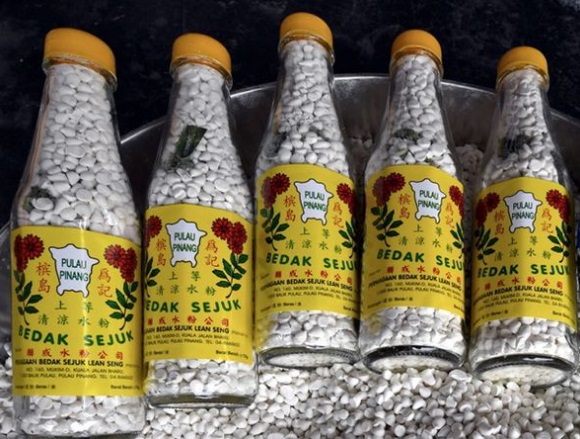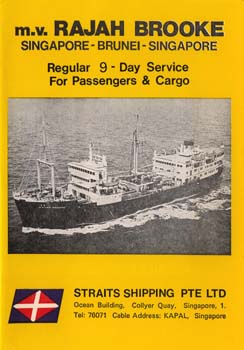Tea oil - In fact today very few Foochows in Sarawak even know about this. In the early pioneering days, my grand parents used tea oil which was brought over by Singapore ships to Sibu. Tea oil or camellia oil is used for keeping instruments from getting rusty. It is also good as a hair care and this oil is also used as an antiseptic, for ear aches, wounds and cuts.
A cousin had a bad fracture and he had only a small bottle of tea oil left. His wife rubbed the oil on his leg and in two months he was as good as new.
My mother had a long term ear infection which could not be cured by several doctors. Finally an old aunt suggested that she dropped some tea oil in her ear. After a few months her infection was gone and her western trained doctor was amazed.
Today many other kinds of oils were available : coconut oil, engkabang or illipenut oil.
Sesame oil has been used by the Foochows since ancient days (from the time Zhang Qian brought back the sesame seed during the time of Wu Di. Sesame was an important cooking oil imported by the early Foochows.
Matang in Kuching used to manufacture cooking oil, called Matang Vegetable Oil. It came in a small square tin, which was very convenient to transport especially in the rural areas. And the tins could be stored well. Besides after the oil was used up the empty tins were used to make many things like water scoop, ladles for cooking etc. The Foochow housewives were very creative and innovative.
But lard remained the most important oil as the Foochows could make this cooking oil at home.
Today many Foochows crave for kampua made with lard.























